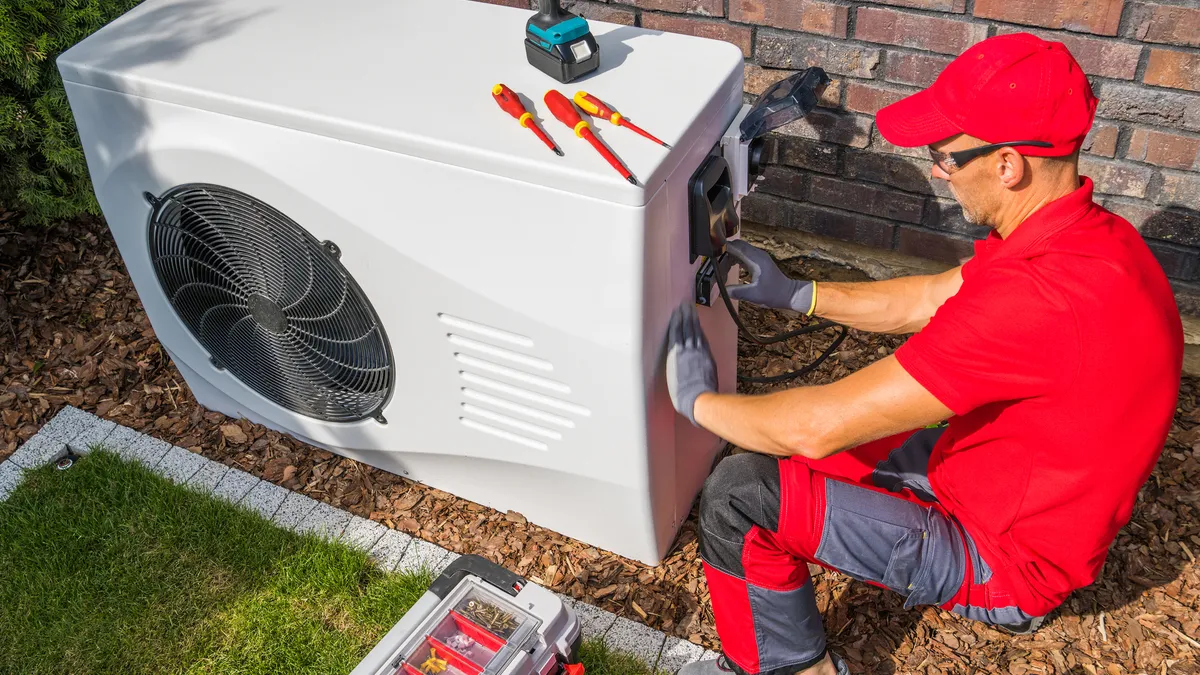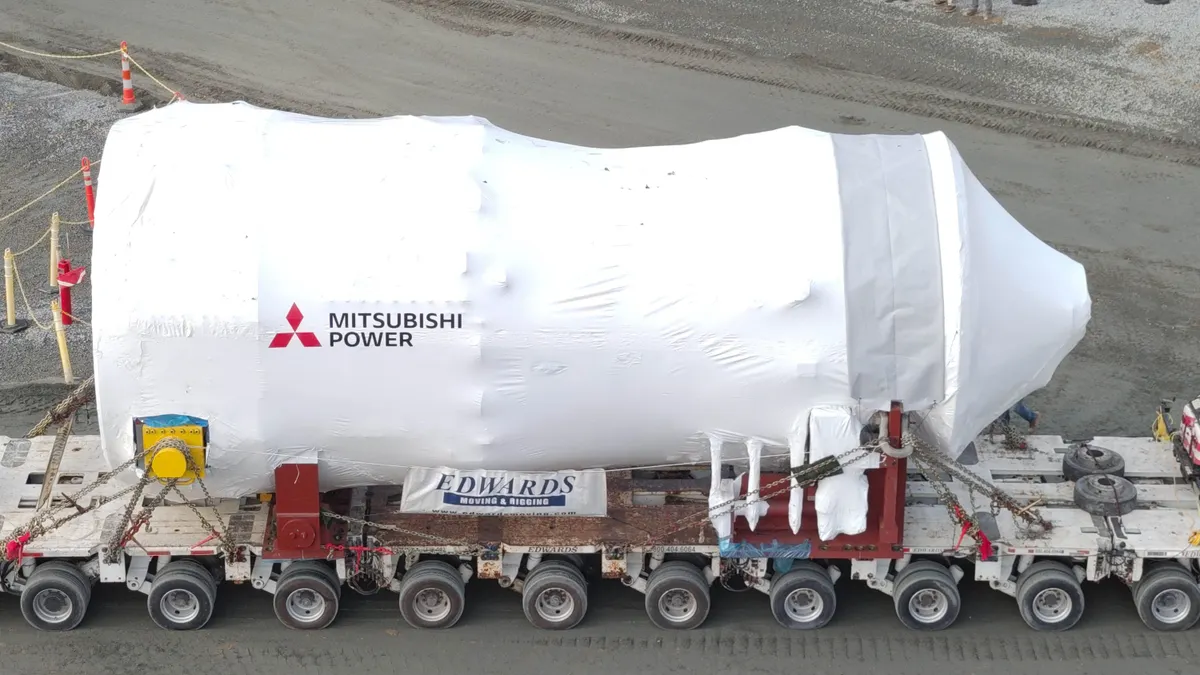The best utilities in the country are taking to new apps, Twitter, and smart grid technologies to step up their customer service game. Not every company has to do that while braving epic storms, embracing grid modernization efforts and keeping up with shifting customer demand.
But some utilities are breaking ground in customer service with more success than others.
Earlier this May, CS Week doled out excellence awards to ComEd, PSE&G, and SMUD for best performance in mobility implementation, customer service innovation and smart grid infrastructure, respectively.
Behind the awards are exciting stories of collaboration, crisis mitigation, and sheer business brass. Take a look at how they are getting ahead:
1. COMED
A pioneer in "app"-itude
Their story: Call volume dropped for the first time in ComEd’s history in 2012 compared to previous years. And that’s due to its pioneering app. After July 2011 outages hit 1 million customers, the Chicago-based ComEd began developing a full-service app to help customers conduct transactions on their cell phones. By the end of 2012, more than 59,000 people downloaded the app – the first to allow customers to manage all utility accounts and services through the smart phone. A $1.8 million project, the app has led to more than 1 million transactions and paid for itself within the first month, ComEd reports. Special care went into the app to gives customers what they need in three clicks or less.
2. PSE&G
The Twitter king
Their Story: New Jersey’s PSE&G has some 50,000+ Twitter followers, the most of any other utility in America. And that’s by no mistake. When Superstorm Sandy hit last October, the Newark-based PSE&G went into Twitter over-drive. Suddenly, 1.9 million customers were without power, many up to 17 days. So PSE&G instantly flipped protocol and used Twitter for rapid two-way communication with customers, even at the risk of negative feedback. PSE&G’s Twitter volume got so big – 22 staffers sent 9,000 messages in 17 days -- Twitter froze the utility’s account. But PSE&G phoned Twitter’s CEO and got limits temporarily removed. PSE&G also partnered with Newark Mayor Cory Booker to access his 1 million Twitter followers and maximize updates during the storm.
“PSE&G worked harder than other impacted utilities to get its message out to consumers,” JD Power and Associates claimed in a recent report. Incidentally, a few months prior to the storm, PSE&G launched a Twitter pilot to monitor customer sentiment and demonstrate care and concern. The utility is constantly asking itself, how can we turn complaints into thank you’s. “In the days and months after Sandy, our social networks have become destinations for ongoing discussions about payment assistance, energy efficiency, and our plans to protect our infrastructure against future extreme weather,” says Joe Forline, PSE&G's vice president for customer solutions.
3. SMUD
The smart grid boss
Their story: The goal was simple. The Sacramento Municipal Utility District (SMUD) needed to shave peak load rather than build new generation capacity. But its response –a big smart grid plan -- has been nothing short of complex, comprehensive, and ultimately, very successful. Just last year, SMUD deployed the last of 610,000 smart meters and hired a team of 30 customer service reps to field customers' questions about smart pricing options and encourage load shifting and conservation strategies. Prior to this, SMUD conducted an 18-month pilot to monitor smart meter capabilities and the accuracy of billing. This helped SMUD minimize erroneous estimated reads which are hampering other utilities’ rollouts.
The U.S. Department of Energy funded a third of SMUD’s $307.7 million smart meter install which has the potential to save $8 – 15 million in annual power supply costs. Efficiencies gained from the meters may also cut the need for large scale generation project. Already, the ability to do remote disconnect has saved SMUD 207, 000 truck rolls. SMUD has also validated the energy savings of conservation voltage reduction on multiple circuits, and this April, the utility completed the update of 35 of 40 substation transformers with line automation work.
Would you like to see more utility and energy news like this in your inbox on a daily basis? Subscribe to our Utility Dive email newsletter! You may also want to read Utility Dive's look at how utilities can prevent cyberattacks at the Deloitte Energy Conference.








